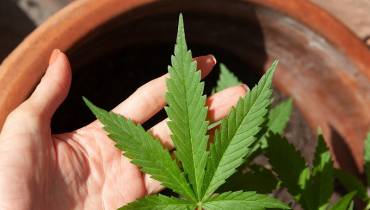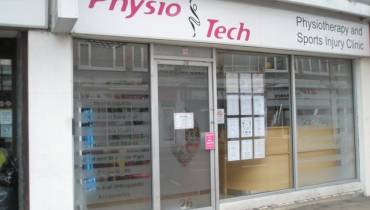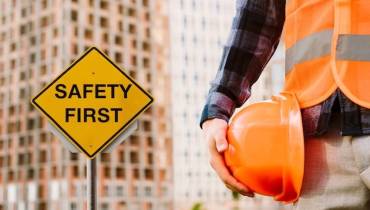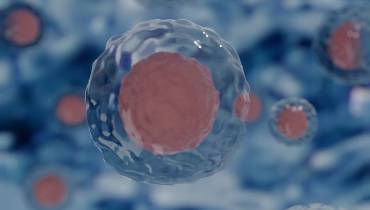The Health and Other Dangers of Gas Leaks (& What to Do About It)
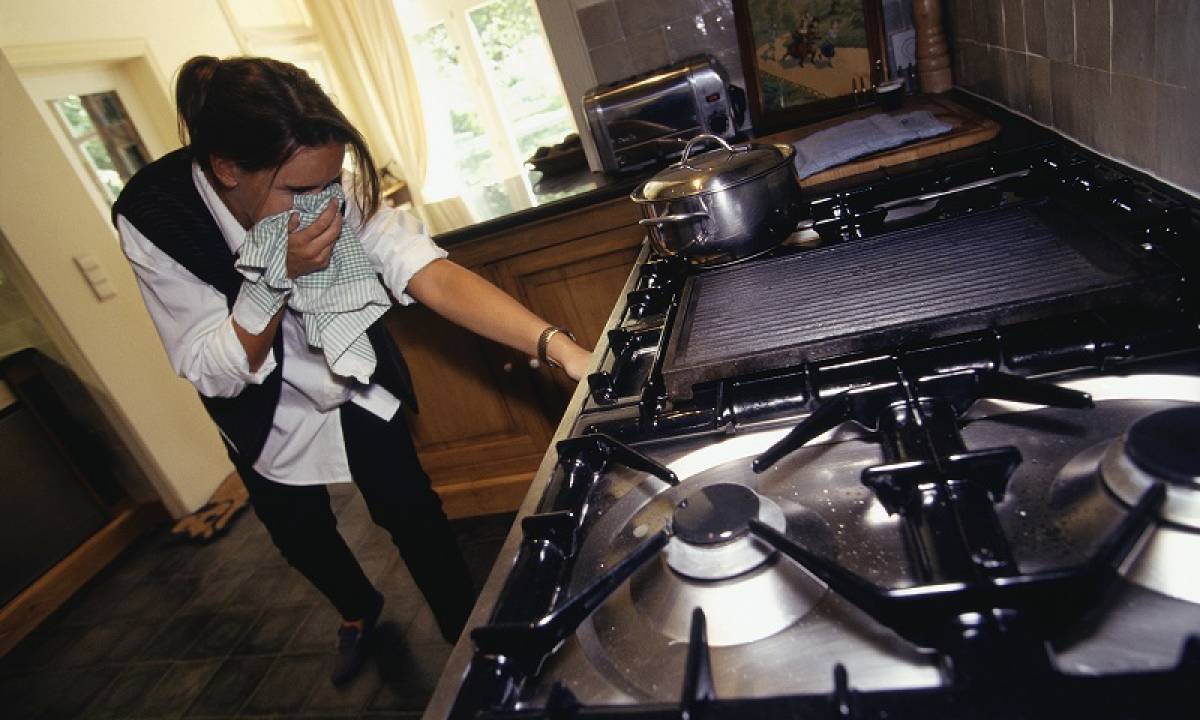
Photo: David De Lossy/Getty Images.
Did you know that between 1999 and 2010 a total of 5,149 deaths from gas leakages and carbon monoxide (CO) poisoning occurred in the United States, an average of 430 deaths per year, according to the US Centers for Disease Control and Prevention (CDC).
The number of deaths due to unintentional gas leaks seems to have gone up over time, with the United States now losing 17 people a year on average to leaks and explosions involving natural-gas pipelines, according to the American Chemical Society (ACS).
Sadly, gas leakage does not only cause death, but can also lead to people falling sick and experiencing various long-term health complications as well. What is worse is that most symptoms of gas leaks are unnoticeable, which is why gas is known as the silent killer.
In fact, many countries have made it compulsory for property owners to obtain gas safety certificates to ensure the safety and protection of tenants against the risk of gas leaks and fire hazards. These certificates may also be issued by registered gas companies at varying costs depending on factors like the number of appliances or size of the property.
Apart from following and abiding by government gas and fire safety measures, each one of us is also responsible for ensuring our own safety from gas leaks. As such, it’s important that you educate yourself on the causes, symptoms and steps you can take to protect yourself and your loved ones from a gas leak.
Causes Of Gas Leakage
A gas leakage can happen due to various reasons, such as:
- There has been a change in gas lines.
- Gas pipe quality is bad, meaning leakages are prone to happen at the slightest damage.
- Pipes can easily become corroded or damaged and cause leakage.
- Natural disasters like earthquakes, floodings, robbery, hurricanes, etc.
- Sometimes people damage their properties unknowingly; for example, your hand man while installing a garbage disposal, might accidentally damage the gas pipe.
- Leakage can also happen due to incompetent installation of gas equipment and appliances.
In any of those cases, carbon monoxide poisoning can happen when the gas doesn’t burn properly and is released into the air.
When carbon monoxide is inhaled directly, this gas binds with your hemoglobin and as a result your blood loses the ability to carry oxygen. This can result in death.
You can be at risk of carbon monoxide poisoning when there is no ventilation in the house or property or your chimney system is blocked causing harmful gases to be trapped inside the house.
Symptoms Of Gas Leakage
When you are exposed to a gas leak, some of the physical symptoms you will start to notice, include:
- Headaches
- Nausea
- Dizziness
- Indoor Plants will begin to turn brown and die for no apparent reason
- Fatigue
- Red Lips
- Abdominal Pain
- Muscle pain
- Outdoor plants will die
- Pink Skin
A built-up of gas in a gas leak can cause fire explosions, carbon monoxide poisoning, and psychological trauma as well. Some of the health hazards of gas leaks and repercussions of hypoxia by carbon monoxide poisoning, include:
1. Abdominal Pain
Abdominal pain is a major symptom of carbon monoxide poisoning. You might feel a bit of pain on the upper side of your stomach, lower, or upper abdomen.
If you experience any of these symptoms, go to the nearby hospital or call 911.
2. Skin Damage
Exposure to carbon monoxide poisoning can cause blisters to appear on your skin. In extreme cases, leakage can cause skin discoloration.
3. Headaches and Nausea
If you are experiencing headaches due to no apparent reason or medical condition, check for gas leaks. Headache and nausea is one of the most common symptoms of carbon monoxide poisoning.
4. Respiratory Problems
If you start experiencing shortness of breath, or any problem in breathing, this might also be one of the reasons for carbon monoxide poisoning.
5. Mental Health issues
You might also experience some mental health problems like depression, anxiety, and behavioral changes like agitation, mood fluctuations, and other unexplained temperamental changes.
What to Do In Case of Gas Leaks
To protect yourself from gas leakage harm, keep a few things in mind:
- Natural gas is odorless, which makes it hard to detect.
- Due to its colorless nature, it is also hard to see any leakage.
- If there is a gas leakage, it will give you a rotten egg smell to help people detect the leak:
One of the things to do is quickly recognize signs of a gas leak and the side effects and symptoms of carbon monoxide poisoning as mentioned above that can cause death. For example, you might smell gas, notice you feel drowsy, tired, fatigued, have headaches, and nausea while you are in a room.
If you experience these signs, get out of the house immediately and call for help as soon as you can. Call 911 or professional fire and gas experts if a gas leak is severe or symptoms are worse. In cases of severe symptoms, go directly to the hospital’s emergency department or call an ambulance.
The 911 team, fire department, or utility company's emergency response team will know what to do and instruct you on the best course of action you must follow. Do not make the call from within the house, as this action may ignite the gas. Just leave the premises IMMEDIATELY.
If the leak is indoors, it’s a mild gas smell, the symptoms are not severe, and you are sure that you can manage it safely, authorities typically recommend that you turn off the gas at the mains tap, which is usually near the meter, and open all windows and doors to disperse the gas.
In the case of a gas cylinder leaking, quickly disconnect the cylinder and move it outdoors to an open area. Allow your home to air out for between fifteen minutes to a few hours, but the exact time frame depends on the severity of the leak and wind conditions in your area.
More importantly, however, take preemptive steps to ensure gas leaks don’t happen. These steps include regular maintenance of gas pipes and gas appliances, home inspections after natural events like hurricanes and heavy rainfall, and inspections after a change in gas line or after renovations.
Besides that, consider buying and installing carbon monoxide detectors in your home to keep yourself and your family safe. These detectors are automated and designed to send a signal to the fire department if they detect an amount that is high above the normal percentage. A wide range of certified carbon monoxide detectors are readily available online as well as at your local retail store.







